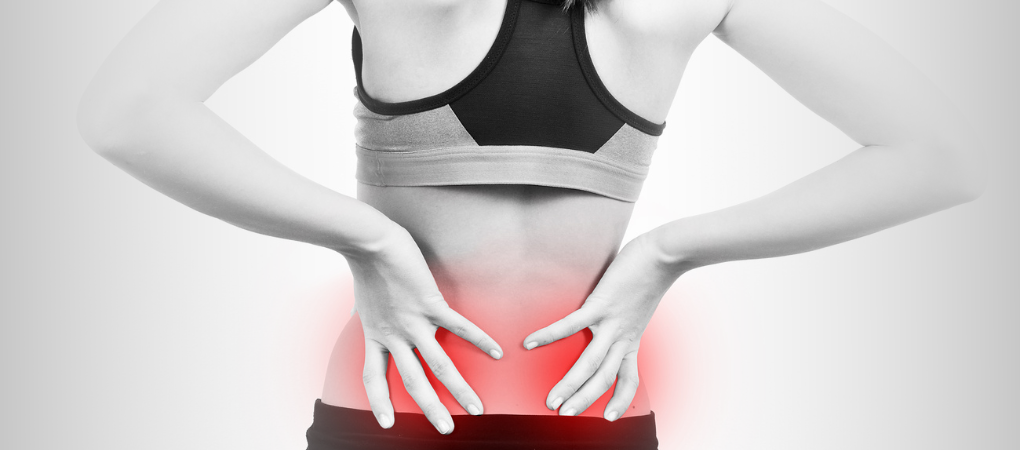Francesca Galiano
|
08/08/2022 - Last update 30/12/2022
Francesca Lo Basso, Alessandra Pilzer, Giulio Ferrero, Francesco Fiz, Emanuele Fabbro, Daniele Oliva, Clizia Cazzarolli, Andrea Turrina | Year 2021
Manual treatment for kidney mobility and symptoms in women with nonspecific low back pain and urinary infections
Pathology:
Non-specific low back pain
Type of study:
Retrospective study
Date of publication of the study’:
2021/Mar/12

Purpose of the study
- Objective: to assess the usefulness of manual treatment in reducing urinary tract infection’s (UTI) symptoms and pain in patients with nonspecific low back pain via kidney mobility
- Measured outcomes:
- Primary: kidney mobility scores (KMS) using high resolution ultrasounds
- Secondary: lumbar spine mobility during flexion of the torso assessed with a modified Schober test, pain measured by VAS in an upright or flexed position, recurrence in urinary tract infection
Participants
- Number: 20 people (20 women)
- Criteria of inclusion: age > 18 years, diagnosed by ultrasound and mobility-related questionnaires and treated at the medical center where the authors worked, non-specific low back pain, at least one episode of urinary tract infection in the 3 months preceding the treatment.
- Criteria of exclusion: manipulative therapy in the 6 months preceding the treatment, neurological bladder, rheumatic diseases, acute infections, peripheral or central paralysis, chronic use of analgesic drugs (eg, opioids, steroids, NSAIDs), absolute contraindications to manual treatment, absence of ultrasound to the kidneys at the time of treatment, not having completed the assessment questionnaires, not having shown up for the follow-up visit.
- Groups of study: two groups obtained by randomization
- Group 1: manipulation with thrust, 10 people (10 women, average age 47 years), with fewer symptoms of urinary tract infection than group 2
- Group 2: manipulation without thrust, 10 people (10 women, average age 45.9 years)
Interventions and evaluations
- Ultrasound assessment of the right kidney mobility using KMS before and after treatment
- Assessment of mobility (via modified Schober test) and lumbar pain (via VAS) before and after treatment
- Evaluation of symptoms related to possible recurrence of urinary tract infection at the time of treatment and via telephone interview 1 month after treatment using the UTI Symptoms Assessment Questionnaire
- 1 treatment session
- Manipulation with thrust: 3 techniques of osteopathic nature, thrust at T12-L1 level, stretching of the perinephric fascia, functional kidney balance technique
- Manipulation without thrust: same techniques described above but without thrust
- Manipulation performed by 2 physiotherapists with at least 5 years’ experience
Results
- Primary outcomes: the kidney mobility measured with KMS improved in a statistically significant way only in the group with thrust, while, having seen the numbers, in the group without thrust it seems slightly worsened.
- Secondary outcomes: While low back pain decreased significantly in both groups, only the thrust group improved lumbar mobility. Furthermore this group experienced a greater decrease in pain (da 6.3 ± 2.9 a 1.2 ± 2.6) rispetto al gruppo senza thrust (da 6.3 ± 2.9 a 3.9 ± 2.7).
To the contrary, the evaluation of urinary symptoms showed no statistically significant differences between the two groups. The group without thrust reported a slightly higher decrease, but the group that received the thrust had minor symptoms from the start.
Discussion
Osteopathic manipulations that also included thrusts reported statistically significant improvements in the comparison between the various outcomes obtained before and after treatment. In addition, since these changes did not emerge in the group that did not receive thrusts, treatment involving thrusts has been shown to be superior in improving kidney mobility, pain, and lumbar mobility.
Since the renal visceral fascia is linked to the somatic lumbodorsal fascia, the improvement in kidney mobility thanks to direct anatomical (that is, directed to the fascia) and functional (that is, directed to rebalance the activity of nerve fibers innervating the kidneys) techniques can easily explain the reduction of low back pain and the increased lumbar mobility. To confirm this hypothesis, a previous study had reported in more than 100 patients with low back pain a reduction in kidney mobility.
The review of Osteopedia
By Marco Chiera
Strengths: the study reports how simple techniques (eg, acting only on the perinephric fascia) are able to improve kidney mobility and, thus, the functional state of the lumbar spine.
Limits: the very small sample prevents the generalization of the results; as reported by the authors, in the end only women were analyzed and, therefore, the results are not extendable to men.

Are you an osteopath?
Register and enjoy the membership benefits. Create your public profile and publish your studies. It's free!
Register now
School or training institution?
Register and enjoy the membership benefits. Create your public profile and publish your studies. It's free!
Register now
Do you want to become an osteopath? Are you a student?
Register and enjoy the membership benefits. Create your public profile and publish your studies. It's free!
Register now







